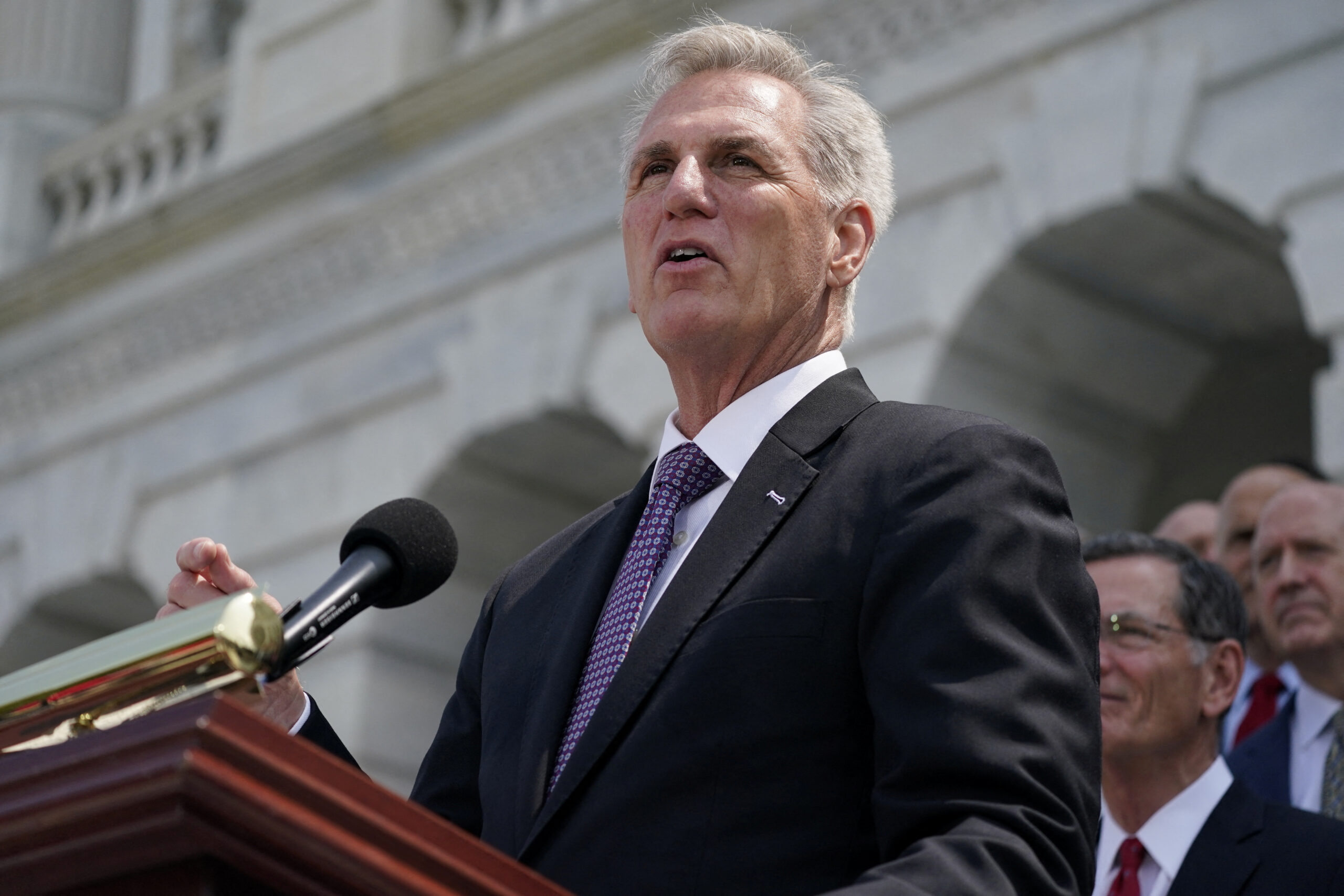Trading conditions in the $22tn US government bond market, a bedrock of the global financial system, have deteriorated as traders brace themselves for a key speech this week from Federal Reserve chief Jay Powell.
Liquidity, or the ease with which traders can buy and sell bonds, has worsened as a series of jerky price movements and uncertainty over Fed policy have kept investors from making big bets. Thin trading volumes, with many market participants out of the office in August, have exacerbated the problem.
The Treasury market is the biggest, deepest and most important bond market in the world and acts as a benchmark that is used for pricing trillions of dollars of assets globally.
Policymakers and investors have been scrutinising trading conditions following the market turmoil in March 2020 in which abrupt falls in liquidity contributed to the acute volatility in Treasuries. A severe sell-off earlier this year highlighted how difficulties have persisted even as markets more broadly have steadied.
The recent drop in liquidity comes as Powell is set to deliver a speech at the Jackson Hole summit this week, typically one of the biggest events on the year’s economic calendar. Reduced liquidity matters because it can lead to big price swings.
“Liquidity is lousy,” said Andrew Brenner, head of international fixed income at NatAlliance Securities. And it could “absolutely cause potential problems next week if Powell has something big to say”.
Bid-ask spreads for the benchmark 10-year note and the 30-year bond in early August hit 5½-month highs. The spreads are now slightly off those levels but remain elevated and have been widening again in the past week. Since the Treasury market is so actively traded, this gap, which tracks the difference in the price buyers are willing to pay and the price at which sellers are offering, is typically narrow.
Guneet Dhingra, head of US interest rate strategy at Morgan Stanley, said bid-ask spreads had been widening for two reasons: “The first is that this is the month of August and volumes are typically lower in August . . . and also I think rates markets have become somewhat perplexing to investors and people have a higher degree of risk aversion.”
In the past week, Goldman Sachs’ liquidity index for 5- and 10-year Treasury notes fell well below their 21-day average. Another liquidity metric — JPMorgan’s gauge of market depth — has also recently fallen to the lowest since this March. At the same time, JPMorgan analysts said last week that individual trades were also having a bigger effect on prices; the ability to buy or sell securities without causing big changes in price is another indicator of liquidity.
Minutes from the Fed’s most recent policy meeting revealed disagreement between members about when the central bank might begin withdrawing its $120bn in monthly asset purchases, the first step in unwinding its crisis-era support for the economy. Investors will be watching Powell’s Jackson Hole speech on Friday for any signs of a decision on the timing or pacing of that taper.
It is not just August trading volumes and uncertainty about the Fed’s path that have dried up liquidity. A fall in Treasury yields since mid-May has baffled many investors because it has come even as many economists and the Fed itself have a sanguine outlook for economic growth and the labour market.
“Many clients have not particularly understood how rates markets have moved and that has brought in a degree of caution you wouldn’t normally see,” said Dhingra.
Trading conditions in $22tn Treasury market worsen ahead of Jackson Hole

